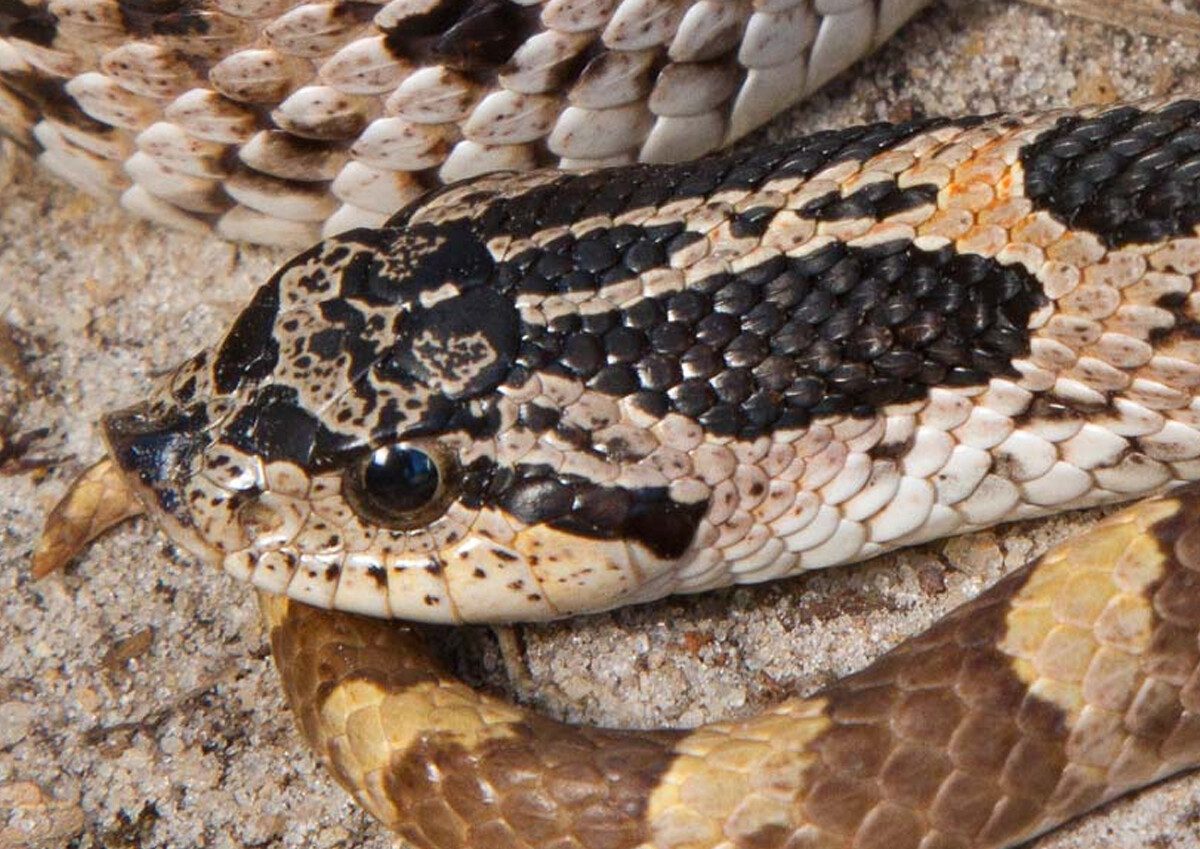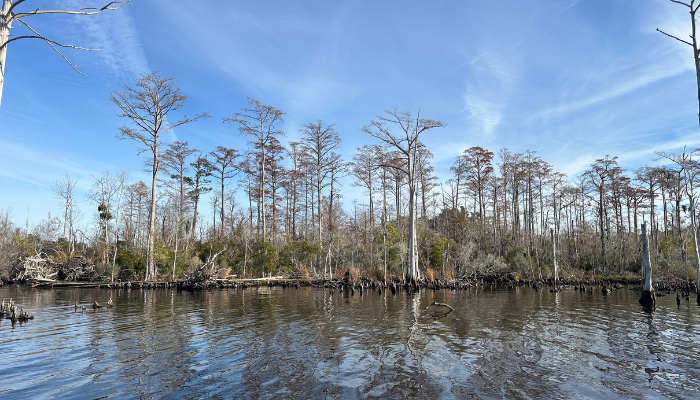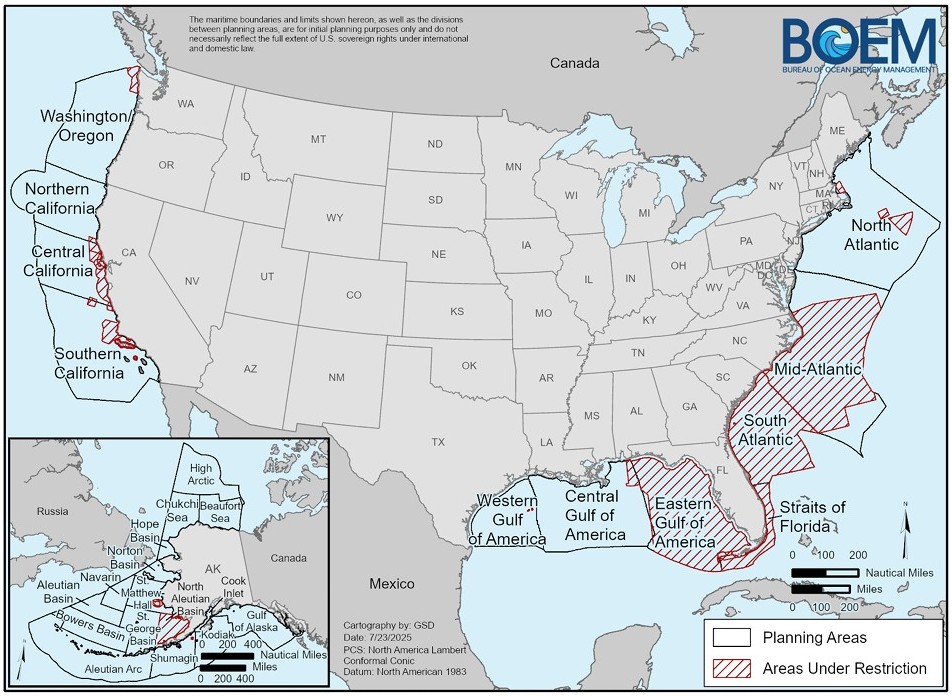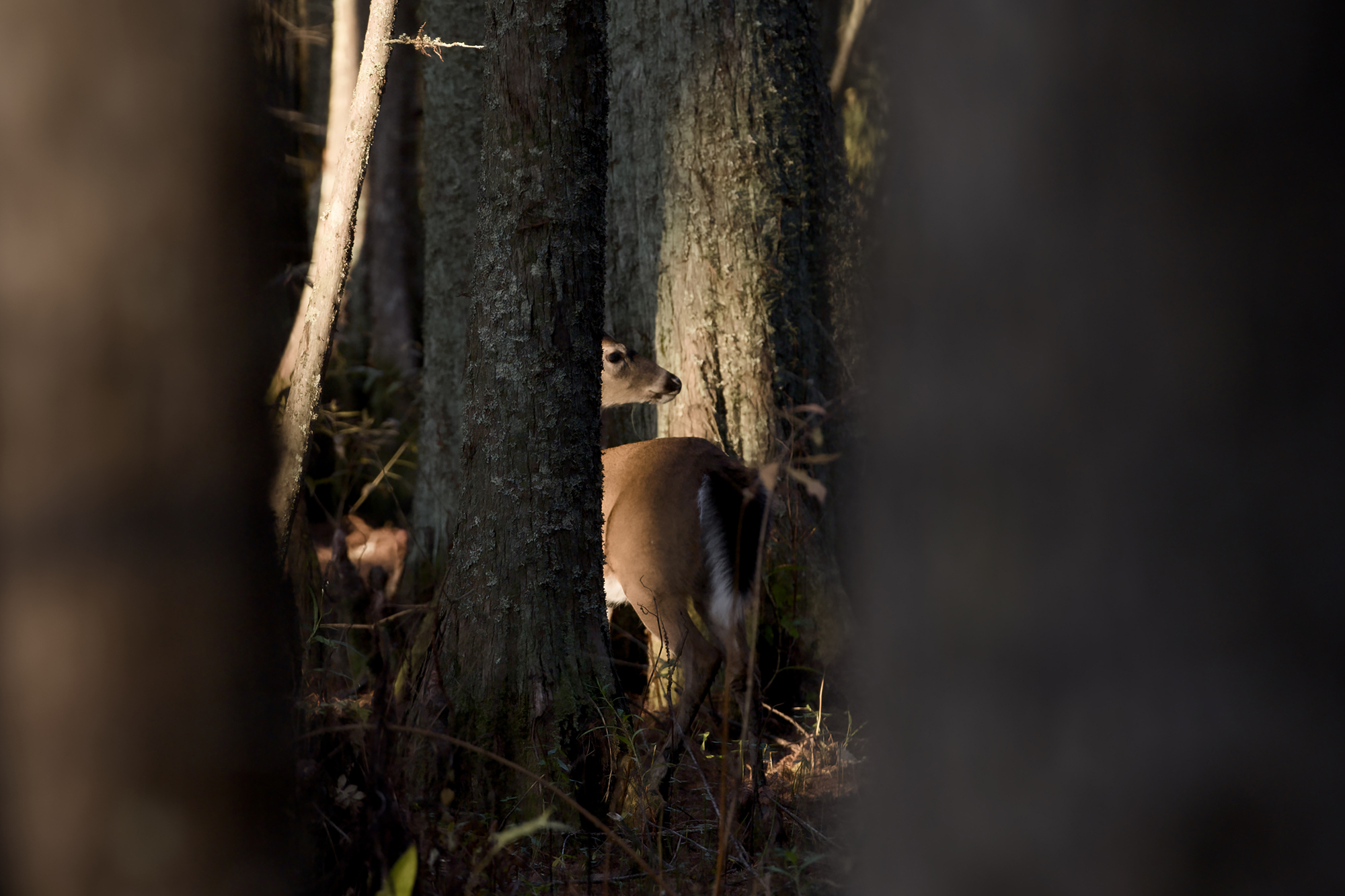
The U.S. Fish and Wildlife Service proposed on Thursday listing the southern hognose snake as threatened under the Endangered Species Act.
The Center for Biological Diversity claimed the listing as a legal victory, but said the proposed listing decision exempts logging and herbicide use and fails to provide critical habitat for these snakes.
Supporter Spotlight
Southern hognose snakes live in the coastal plains of Florida, Georgia, North Carolina and South Carolina, but they already have disappeared completely from Alabama and Mississippi, according to the center.
“It’s good that one of the South’s most distinctive and imperiled snakes will receive protections they urgently need, but I’m troubled by the loopholes in this proposal,” said the center’s Southeast director Will Harlan. “The Fish and Wildlife Service needs to remove the exemptions for logging and pesticides and designate critical habitat to give these snakes a fighting chance.”
The snakes are named for their distinctive upturned snouts, which help them burrow underground, where they spend most of their lives. When threatened, they will often puff up dramatically or play dead, opening their mouths and letting their tongue hang out.
Southern hognose snakes live in the longleaf pine ecosystem, a fire-dependent forest habitat that once covered 92 million acres in the Atlantic and Gulf Coast regions. By the 21st century, 97% of longleaf pine forests had been lost to forest clearing and fire suppression.
The snakes’ remaining populations are threatened by a number of stressors, including habitat loss, urbanization, climate change, collisions with vehicles, invasive species, disease, human persecution and collection for the pet trade.
Supporter Spotlight
The Center for Biological Diversity petitioned the Fish and Wildlife Service in 2012 to protect the species. Despite agency scientists predicting that three-quarters of its populations would be lost in the near future, the agency denied protection to the species.
The center successfully challenged the denial in 2023 and required Fish and Wildlife to issue a new decision.
“We will keep fighting for these extraordinary snakes and their longleaf pine forests,” said Harlan. “These snakes cling to survival in uniquely Southern landscapes that are vital to our own health.”








